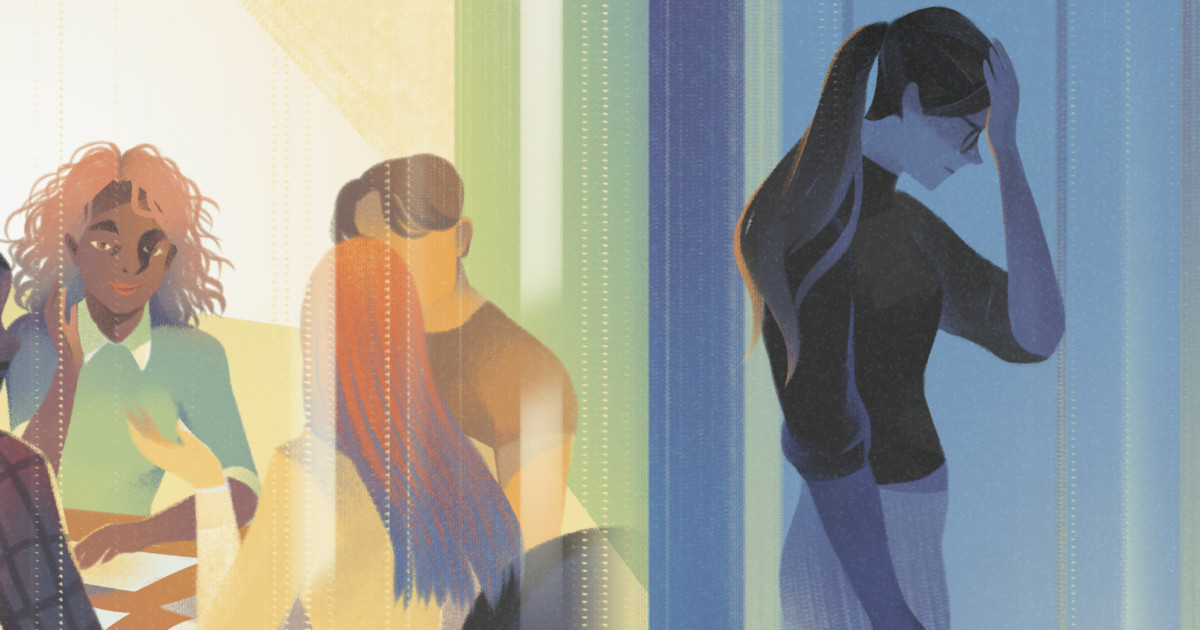A recap of research worth nothing
1. Institutional Wealth and Low Income Students
A new report by the Education Trust reveals that in 2013, roughly 3.6 percent of colleges and universities — which equates to 138 schools — held 75 percent of all endowment wealth, each holding at least half-a-billion dollars in endowment assets. Despite these large endowments, few of them invested a significant amount in students from low-income families. Nearly half are in the bottom 5 percent nationally for their enrollment of first-time, full-time Pell Grant recipients, and four out of five of these schools have a tuition for low income students that exceeds 60 percent of family income. Endowment funds are tax exempt, but these colleges are not bound by the same 5 percent annual spending requirement to which other private foundations are bound.
In its examination, The Education Trust found that more than half of these schools are spending endowment assets at less than 5 percent. The report suggests that if the colleges spending below 5 percent were to increase their spending rates to that required by other private foundations, they would generate an extra $418 million in funding that could be used on financial aid. The study goes on to suggest that an infusion of funds such as this would allow these schools to enroll an additional 2,376 low-income students for four years — a nearly 67 percent increase in enrollment of first-time, full-time low-income students. Alternatively, these funds could be used to reduce the price for low-income students at these schools by an average of $8,000 per year for four years.
2. Alcohol and Drug Use Among Young Adults
The Center for Behavioral Health Statistics and Quality released the data from the National Survey on Drug Use and Health (NSDUH), aa data collection that offers insight into substance use and treatment, including an overview on drinking and drug use among college students in the United States. The survey found that of the 9 million full-time college students in the US, 9.9 percent aged 18 to 22 drank alcohol for the first time in the past year, and 6 percent used illicit drugs for the first time in the past year. Nearly 60.1 percent drank alcohol in the past month, with 39 percent engaging in binge drinking and 13.2 percent engaging in heavy alcohol use. Twenty-two percent used an illicit drug in the past month. Additionally, the data show that full-time college students who used alcohol in the past month drank an average of 4.1 drinks per day on the days they drank. And full-time college students who consumed alcohol in the past month drank an average of 6.4 days per month.
3. Helicopter Parenting and Wellbeing in Emerging Adults
Mental health practitioners, college administrators, and professors are increasingly concerned over “helicopter parenting,” a style of parenting characterized by over-involvement and intervening in the decision-making of emerging adults. Building on existing research in this area, a recent study examined the impact of “helicopter parenting” on emerging adult mental and physical well-being, as compared to the impact of “autonomy supportive parenting,” where a parent is supportive but not over-involved.
The study found that college students who had a parent who allowed them more autonomy reported higher life satisfaction, physical health, and self-efficacy — the ability to handle tougher life tasks and decisions. In contrast, students who had a “helicopter” parent were more likely to report low levels of self-efficacy. Additionally, students with low levels of self-efficacy reported higher levels of anxiety and depression, lower life satisfaction, and worse physical health.
4. Nutrition
A study published in the Journal of American College Health examined food security and fruit and vegetable consumption among college students. The study found that for students who lived in housing that did not provide food, males, underrepresented minorities, and those without car access were more likely have lower food security. Furthermore, those with marginal or low food security ate fewer daily servings of fruits and vegetables. Among students living in housing with food provided, the researchers found that Asian students ate significantly more daily servings of fruits and vegetables than white students.
5. Sleep
A recent study in the American Journal of College Health found that among college students, daily tobacco use was associated with more sleep problems than was binge drinking, illegal drug use, obesity and working more than 20 hours per week. The study also found that students with depression or anxiety reported more sleep disturbances than their peers without either disorder. Furthermore, among those with depression or anxiety, tobacco use was associated with the most sleep problems. The researchers indicate that students with depression or anxiety are more likely to use tobacco, which likely exacerbates their sleep issues.
In the Spring issue of the Mary Christie Quarterly, Dr. Charles Czeisler discussed new research by the Division of Sleep and Circadian Disorders at Brigham and Women’s Hospital that showed a sharp correlation between sleep deprivation and GPA, as well as between sleep deprivation and reports of anxiety and depression.
6. Depressive Symptoms among Student Athletes
A recent study published in the British Journal of Sport Medicine examined the prevalence of depressive symptoms in college athletes. The study found that nearly one quarter of college student athletes display clinically relevant levels of depression, a rate that is comparable to their non-athlete peers.
The findings counter assumptions and research showing that those who are physical fit are also mentally healthy. The study found that female athletes were about two times more likely to experience depressive symptoms than male athletes, at nearly 30 percent compared to 18 percent of males. Though the reason for the significant rate of depression among student athletes is unknown, the study’s authors speculate that this may be a result of unique aspects of the lives of student athletes, including higher pressures put on them by coaches, more demands on their time, and underlying body image and self-esteem issues.
7. Racial Disparities in Mental Health and Substance Abuse Treatment
A recent study published in the International Journal of Health Sciences examined the racial disparities in the rate of mental health and substance abuse care received by young people. The study found that black and Hispanic young adults received outpatient mental health services at about half the rate of their non-Hispanic white peers for all types of care. While the study also observed mental health care for children, disparities were generally larger for young adults. Study authors speculate that psychiatric and behavioral problems among minority youth result in school punishment or incarceration, but rarely mental health care




